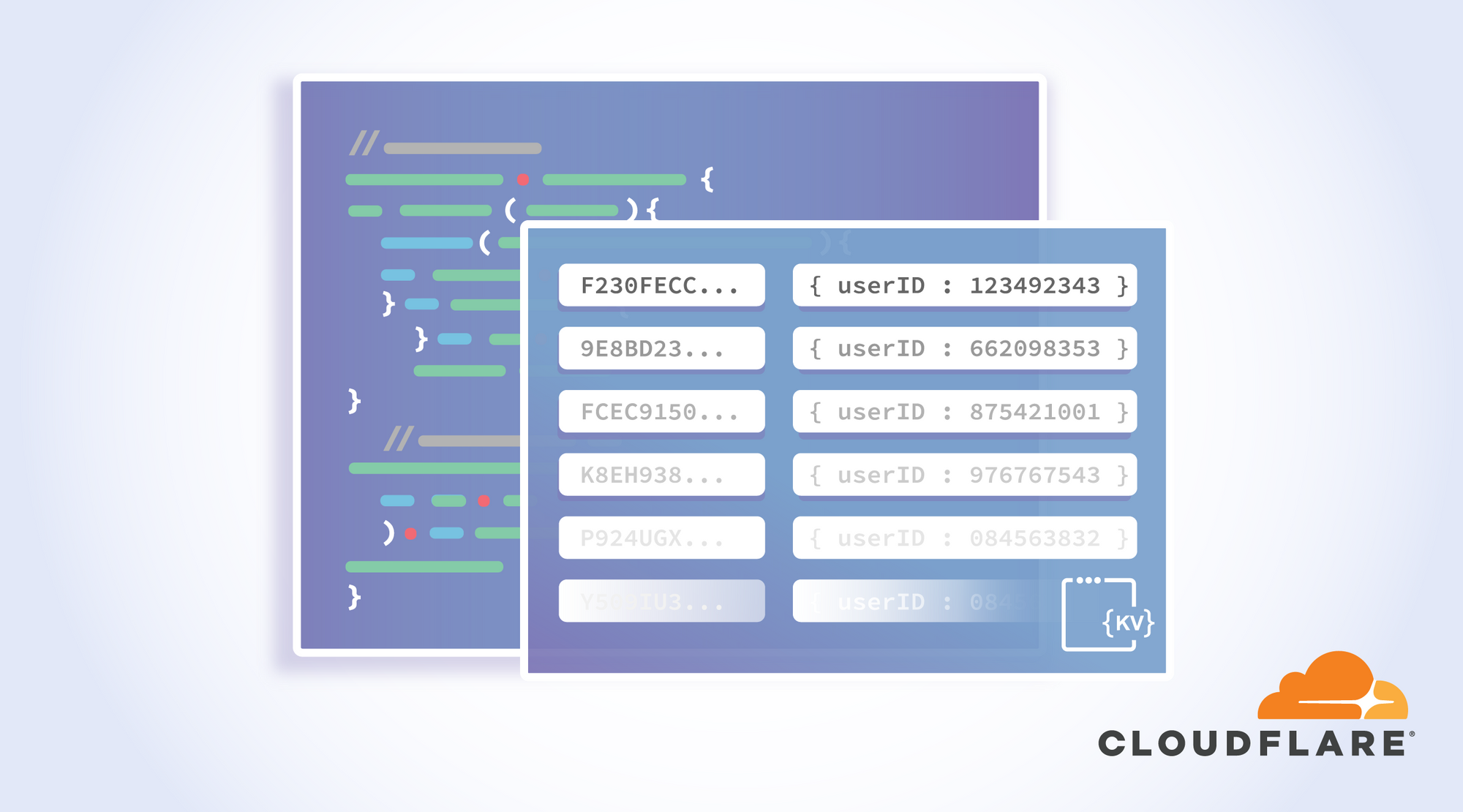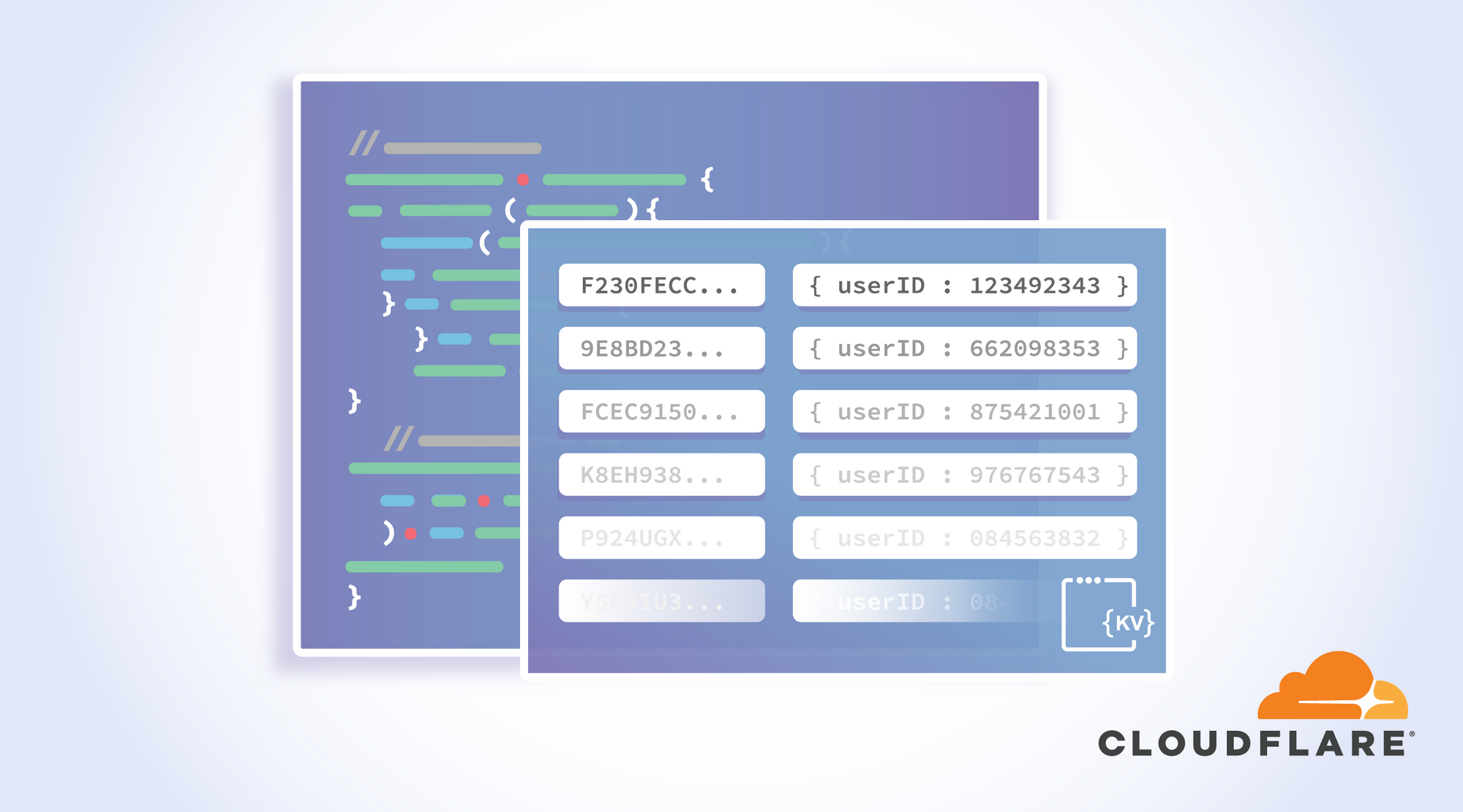Datanauts 150: Living Outside Your Technology Comfort Zone
Advancing your IT career means getting outside your comfort zone. The Datanauts and guest Ken Nalbone talk about overcoming tech inertia, taking technology and career risks, and why it's essential to go out into the real world and interact with people, even when you're an introvert.
The post Datanauts 150: Living Outside Your Technology Comfort Zone appeared first on Packet Pushers.
Episode 38 – DDoS Mitigation
In this Community Roundtable episode of Network Collective, Roland Dobbins and Nick Buraglio join us to talk about the current state of DDoS on the Internet and some strategies you can use to mitigate these risks on your network.
 We would like to thank VIAVI Solutions for sponsoring this episode of Network Collective. VIAVI Solutions is an application and network management industry leader focusing on end-user experience by providing products that optimize performance and speed problem resolution. Helping to ensure delivery of critical applications for businesses worldwide, Viavi offers an integrated line of precision-engineered software and hardware systems for effective network monitoring and analysis. Learn more at www.viavisolutions.com/networkcollective.
We would like to thank VIAVI Solutions for sponsoring this episode of Network Collective. VIAVI Solutions is an application and network management industry leader focusing on end-user experience by providing products that optimize performance and speed problem resolution. Helping to ensure delivery of critical applications for businesses worldwide, Viavi offers an integrated line of precision-engineered software and hardware systems for effective network monitoring and analysis. Learn more at www.viavisolutions.com/networkcollective.
Outro Music:
Danger Storm Kevin MacLeod (incompetech.com)
Licensed under Creative Commons: By Attribution 3.0 License
http://creativecommons.org/licenses/by/3.0/
The post Episode 38 – DDoS Mitigation appeared first on Network Collective.
Digital Development Is the Way Forward: The Suusamyr Community Network Launches at CNX

Asylbek Sanarbekov, a social worker in the village of Suusamyr, Kyrgyzstan, can often be seen standing outside of his office building, phone in hand. He goes there to connect to the new Suusamyr Community Network, which has antennas on a nearby water tower. The Suusamyr Community Network officially launches today at the Community Network Xchange (CNX) in New Delhi. It’s a big improvement over Sanarbekov‘s connection at home, where he uses expensive and sometimes unreliable mobile data.
The village of Suusamyr is located in the Suusamyr Valley, a remote region in the Tian Shan Mountains. It’s a popular tourist destination thanks to its breathtaking landscape and its sparse population, with just over 3,000 residents. During the warmer months, they’re employed in agriculture, but by winter, thanks to heavy snowfall and subfreezing temperatures, many are unemployed.
“We are a small, landlocked mountainous country, so the traditional economic models do not necessarily work for us,” says Talant Sultanov, chair of the Internet Society‘s Kyrgyz Chapter. “We decided that digital development is the way forward.”
There’s a mobile connection in the village of Suusamyr, but according to Mairambek Ismailov, deputy head of the local self-government body, it’s not necessarily fast, reliable, or Continue reading
Improving RubyDocs with Cloudflare Workers and Workers KV


The following is a guest post from Manuel Meurer, Berlin based web developer, entrepreneur, and Ruby on Rails enthusiast. In 2010, he founded Kraut Computing as a one-man web dev shop and launched Uplink, a network for IT experts in Germany, in 2015.
RubyDocs is an open-source service that generates and hosts “fancy docs for any Ruby project”, most notably for the Ruby language itself and for Rails, the most popular Ruby framework. The nifty thing about it is that the docs can be generated for any version of a project — so let’s say you’re working on an old Rails app that still uses version 3.2.22 (released June 16, 2015), then you can really benefit from having access to the docs of that specific version, since a lot of the methods, classes, and concepts of the current Rails version (5.2.1 at the time of writing) don’t exist in that old version.
Scratching an itch
I built RubyDocs back in 2013 to scratch my own itch — a few similar services that I had used over the years had disappeared or hadn’t been regularly updated. After the initial work to get RubyDocs up and running, I continued Continue reading
Cisco’s 400G Data Center Switches Extend Intent-Based Networking
 The Nexus 400 gigabit Ethernet switches target hyperscale cloud providers, large enterprise data centers, and telecommunications providers moving to 5G.
The Nexus 400 gigabit Ethernet switches target hyperscale cloud providers, large enterprise data centers, and telecommunications providers moving to 5G.
5 Signs You Have a Network Poltergeist
If your network is suddenly more difficult to manage, it may be a sign of the network poltergeist. Here are five ways to determine if your network is haunted — just in time for Halloween.
Rough Guide to IETF 103: IPv6
In this post for the Internet Society Rough Guide to IETF 103, I’m reviewing what’ll be happening at the IETF in Bangkok next week.
IPv6 deployment hit another milestone recently, reaching 25% adoption globally. The almost total depletion of the pool of unallocated IPv4 addresses has seen the cost of an IPv4 address on the transfer market rise from USD 15 to 18 in just a few months, which has encouraged network operators to further step-up their deployment efforts.
There was some good news from the UK with the largest mobile operator EE and the incumbent provider of broadband Internet BT, increasing to nearly 30% and 46% respectively. Other mobile operators deploying IPv6 also saw a boost this month with the release of Apple’s iOS 12 update that adds IPv6 support for cellular data.
Belgium still leads the way, but Germany is rapidly catching up, followed by Greece, the US and India. France, Malaysia, Finland and Australia also seem to have seen a surge in deployment recently.
IPv6 is always an important focus for the IETF, and this meeting will see a lot of work with respect to deployment-related improvements and the Internet-of-Things.
The IPv6 Operations (v6ops) Working Group is Continue reading
Analyzing the KSK Roll
It's been more than two weeks since the roll of the Key Signing Key (KSK) of the root zone on October 11 2018, and it's time to look at the data to see what we can learn from the first roll of the root zone's KSK.Terraform Install Ubuntu 1804
Install the Terraform CLI tool on Ubuntu 1804.Terraform Install Ubuntu 1804
Terraform is an infrastructure as code tool from the wonderful people at Hashicorp. Terraform makes it really enjoyable to manage infrastructure on platforms such as AWS, Azure, VMware vSphere and OpenStack among many others. This short post will run through installing Terraform on Ubuntu...MTN Consulting Names AWS’ Infrastructure Vendors
 In addition to using vendors, AWS manufactures a range of equipment from routers, chips, network interface cards, and network gear for high-speed data transfers.
In addition to using vendors, AWS manufactures a range of equipment from routers, chips, network interface cards, and network gear for high-speed data transfers.
Flexible deployment options for NSX-T Data Center Edge VM
Each datacenter is unique and is designed to serve the specific business needs. To serve these business needs, you could have a small or a large ESXi/KVM footprint. NSX-T Data Center can be leveraged to provide networking and security benefits regardless of the size of your datacenter. This blog focusses on a critical infrastructure component of the NSX-T Data Center i.e. NSX-T Edge node. Refer to my previous blogs, where I have discussed how the centralized components of a logical router are hosted on Edge nodes and also, provide centralized services like N-S routing, NAT, DHCP, Load balancing, VPN etc. To consume these services, traffic from compute nodes must go to the Edge node.
These NSX-T Edge nodes could be hosted in a dedicated Edge cluster or a collapsed Management and Edge cluster as discussed in the NSX-T Reference design guide. NSX-T Edge nodes could also be hosted in Compute Cluster in small Datacenter topologies, making it a Collapsed Compute and Edge Cluster design. Please refer to NSX-T Reference design guide to understand the pros/cons of using a dedicated cluster vs a shared cluster.
In this blog, I will cover various deployment options of NSX-T VM form factor Continue reading



